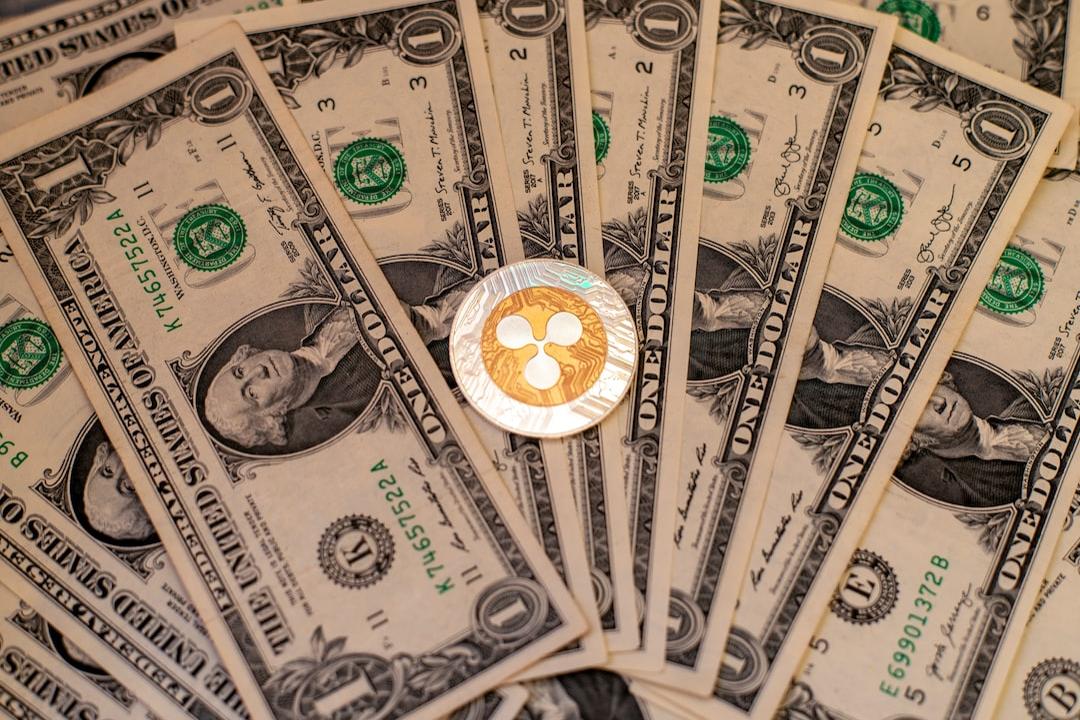I personally have allocated 20% of my assets to gold, anticipating that the price of gold may rise to $10,000 to $20,000 by the end of this market cycle. This article originated from a piece written by Fortune, and was organized, translated, and authored by Odaily Planet Daily.
(Background: Arthur Hayes predicts: Bitcoin will reach $150,000 by the end of the month! It may hit $1 million by 2028, driven by the U.S. Treasury’s dominance in global liquidity)
(Context: Arthur Hayes: When will Bitcoin break $1 million?)
Arthur Hayes is a prominent figure in Bitcoin’s early days. He co-founded the offshore exchange BitMEX in 2014 and later faced legal issues due to violations of U.S. regulatory requirements. Recently, Hayes admitted to failing to establish sufficient anti-money laundering controls, accepted probation, and paid fines, but received a full pardon from Trump earlier this year. Currently, Hayes is focused on managing the family fund Maelstrom while remaining a highly influential figure in the crypto asset space. Fortune contributing writer Anna Tutova interviewed him during the Token-2049 event in Dubai, where Hayes shared his views on the current market—predicting that BTC could reach $200,000 in the short term and may exceed $1 million by 2028. In the interview, Hayes also analyzed the ETH and altcoin markets and explained his choice to allocate 20% of his assets to gold.
The following is the complete interview, which has been condensed and edited.
Q1: About the Real Deficit in the U.S.
Anna: You referred to the U.S. Treasury’s recent borrowing operations as a “smoke and mirrors” tactic. Why?
Arthur Hayes: The Treasury has been depleting its “checking account” (Treasury General Account, TGA) and utilizing “extraordinary measures” (government projects with insufficient funding) to circumvent the debt ceiling, resulting in a drop of the TGA from $750 billion to $450 billion this quarter. This means that $300 billion of spending has not been realized through new debt, and the actual borrowing scale far exceeds official data. This is quite confusing, as we are in a period of debt ceiling, where theoretically the U.S. government cannot net increase borrowing, yet they maintain spending through various accounting techniques without breaching the ceiling. From January to March 2025, the scale of Treasury borrowing is 22% higher than the same period last year, and the deficit is actually expanding.
Q2: About Market Liquidity
Anna: What does this mean for Bitcoin?
Arthur Hayes: I believe the actual borrowing needs of the U.S. government are much greater than what the public data shows, so Treasury Secretary Bessent will have to issue more debt and seek maximum leverage through the banking system for these debts. The end result is a further flood of global dollar liquidity, as the U.S. government increases spending. In short, this is the essence of the repo operations, and it’s why I believe it will enhance market liquidity. Based on this, I conclude that Bitcoin bottomed on April 9, and as the government continues to borrow and Bessent ensures low-cost financing, Bitcoin’s price will continue to rise significantly.
Q3: About Altcoin Season
Anna: So, what price does Bitcoin need to reach to trigger an altcoin season? What are the key factors driving the start of altcoin season?
Arthur Hayes: I believe Bitcoin needs to break $110,000 and continue to rise in volume to the $150,000 to $200,000 range. I anticipate this will occur in the summer of this year or early in the third quarter, after which funds will start rotating into various altcoins.
Q4: About Bull Market Growth Expectations
Anna: Do you think the next altcoin season will see a crazy supercycle like in 2021, or will it just be a slight rebound?
Arthur Hayes: It’s unlikely to replicate the 2021 scenario where all coins surged 100 times. The market will see new narrative hotspots; some coins may surge wildly, but the reason those long-term stagnating “dinosaur coins” in your portfolio may not rise is clear. Many projects are overvalued, have low circulation, lack real users and revenue, and have been merely propped up by exchange listings for speculation. Having already dropped 95%, I don’t believe they will perform well in the next cycle.
Q5: About Personal Return Expectations
Anna: What is your expected return in this market cycle? What target price and return rate do you usually set?
Arthur Hayes: At the very least, it must outperform Bitcoin’s gains. If we decide to allocate funds, the target assets must be able to surpass Bitcoin’s returns.
Q6: About Trump
Anna: What are your expectations for Trump’s crypto policies?
Arthur Hayes: His team is likely to introduce crypto-friendly policies, but that does not mean that the specific projects you hold will definitely appreciate, nor does it guarantee that policies will progress according to your expected timeline. The current market expectations are exceedingly high; some even believe crypto policy will be Trump’s top priority. But let’s not forget that Trump is a politician with many higher-priority matters to handle; everyone needs to be patient.
Q7: About Gold
Anna: In light of increasing market uncertainty, we’ve seen a significant rise in gold. Have you allocated assets to gold, or are you fully focused on cryptocurrency?
Arthur Hayes: I have long-held gold, storing physical gold bars in a vault, and I hold a substantial amount of gold mining stocks—considering the surge in gold prices, these assets are still undervalued. I believe there is substantial room for gold to rise, as central banks worldwide continue to increase their holdings. More importantly, I anticipate that the U.S. will significantly revalue its gold reserves, achieving debt dilution through the depreciation of the dollar against gold. By the end of this market cycle, gold prices could reach $10,000 to $20,000.
Gold accounts for about 20% of my personal investment portfolio.
Q8: About ETH vs. SOL
Anna: That’s a considerable proportion! There is much debate about ETH and SOL in the market. Which do you favor more?
Arthur Hayes: I believe ETH has greater upside potential, although it is currently under scrutiny—everyone thinks it is underperforming, and the development team has made repeated mistakes. However, the reality is that it still maintains the highest total value locked (TVL) on-chain, has the largest developer community, and is the most secure PoS blockchain. Yes, despite its price performance from 2020 to now being unsatisfactory. SOL has obviously performed well, but if I were to allocate new fiat funds now for the upcoming market, I believe ETH’s growth may surpass that of SOL in the next 18-24 months of the bull market.
Q9: About Bitcoin Reaching $1 Million
Anna: You previously predicted Bitcoin would reach $1 million. When will this target be realized?
Arthur Hayes: I believe Bitcoin will reach $1 million before the end of Trump’s presidential term, that is, by the end of 2028.
Q10: About Annual Trend Expectations
Anna: How do you foresee the specific trends in the crypto market this year?
Arthur Hayes: Bitcoin’s dominance will continue to rise, potentially approaching $200,000 in this wave of increases. Following that, we will see the arrival of altcoin season and some interesting phenomena. By the end of the year, Bitcoin’s target price will be approximately $250,000.



